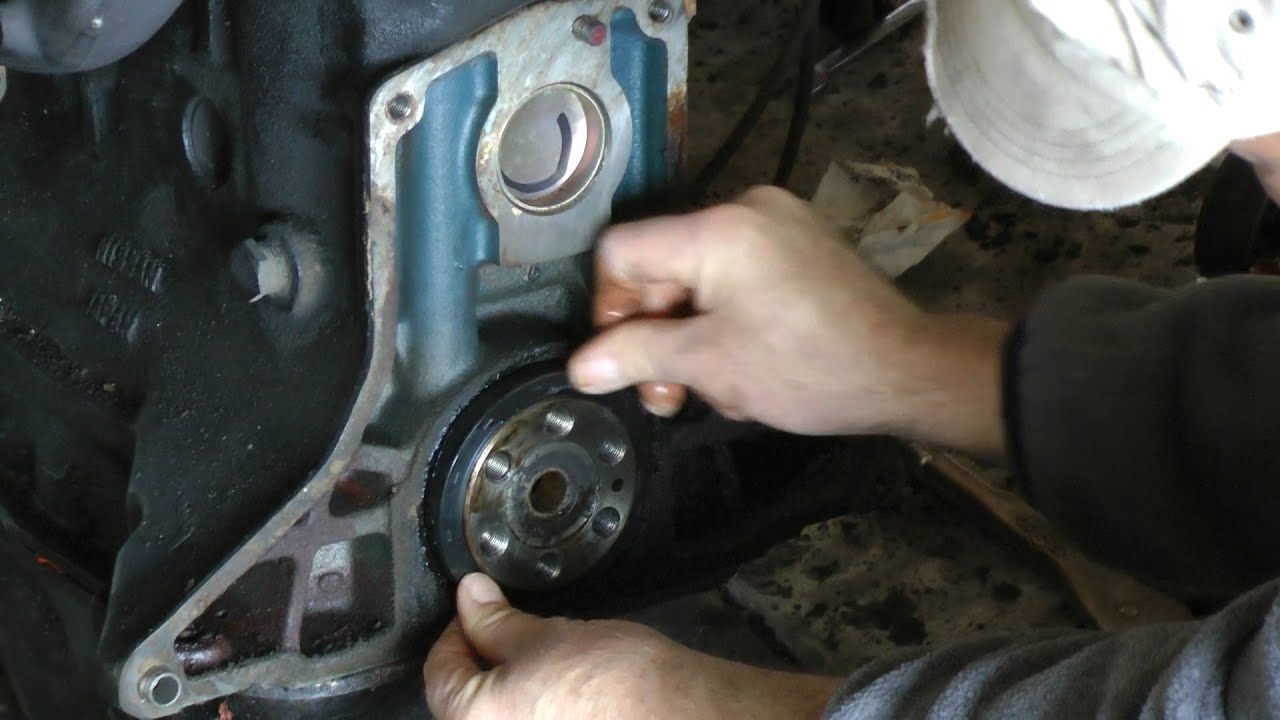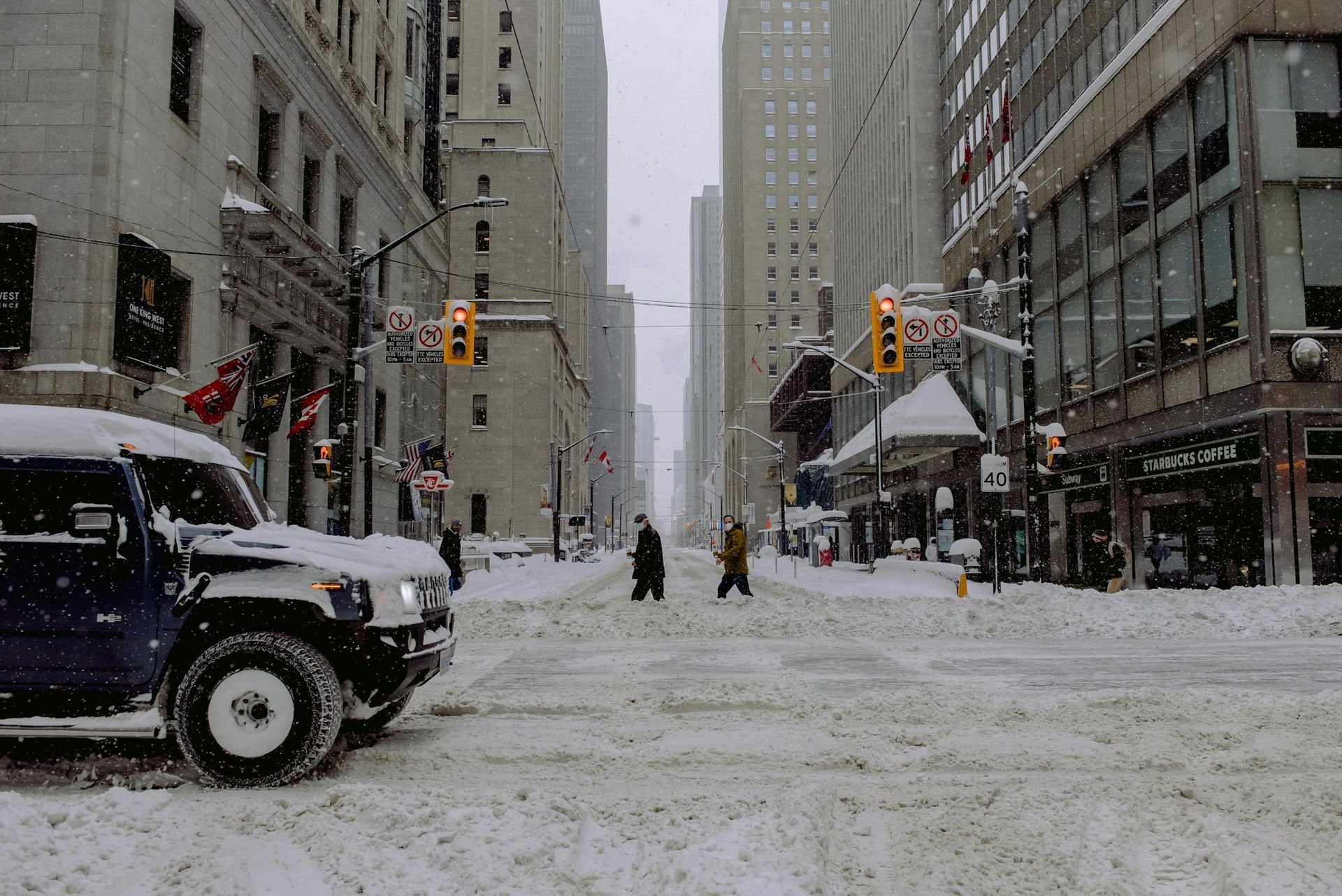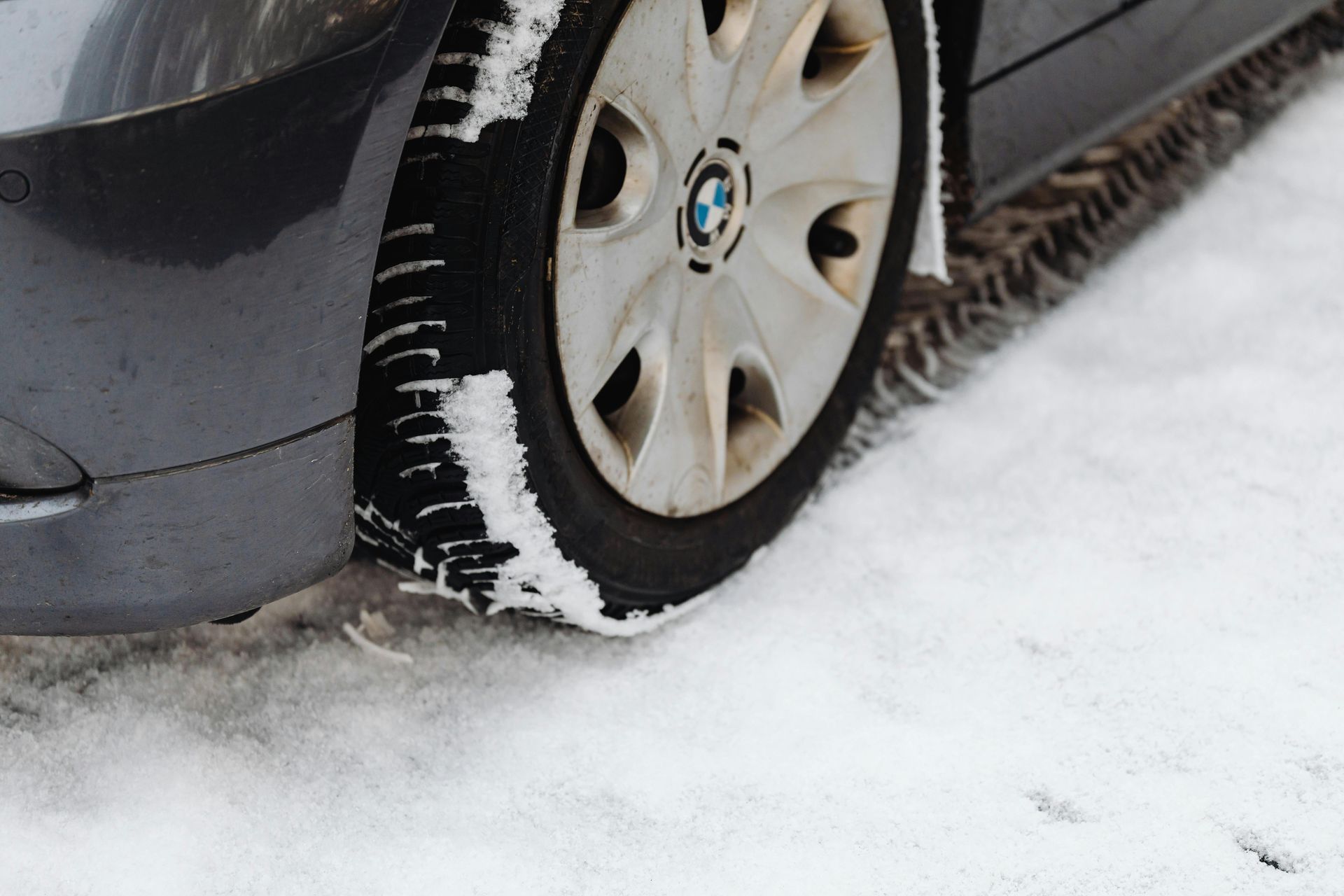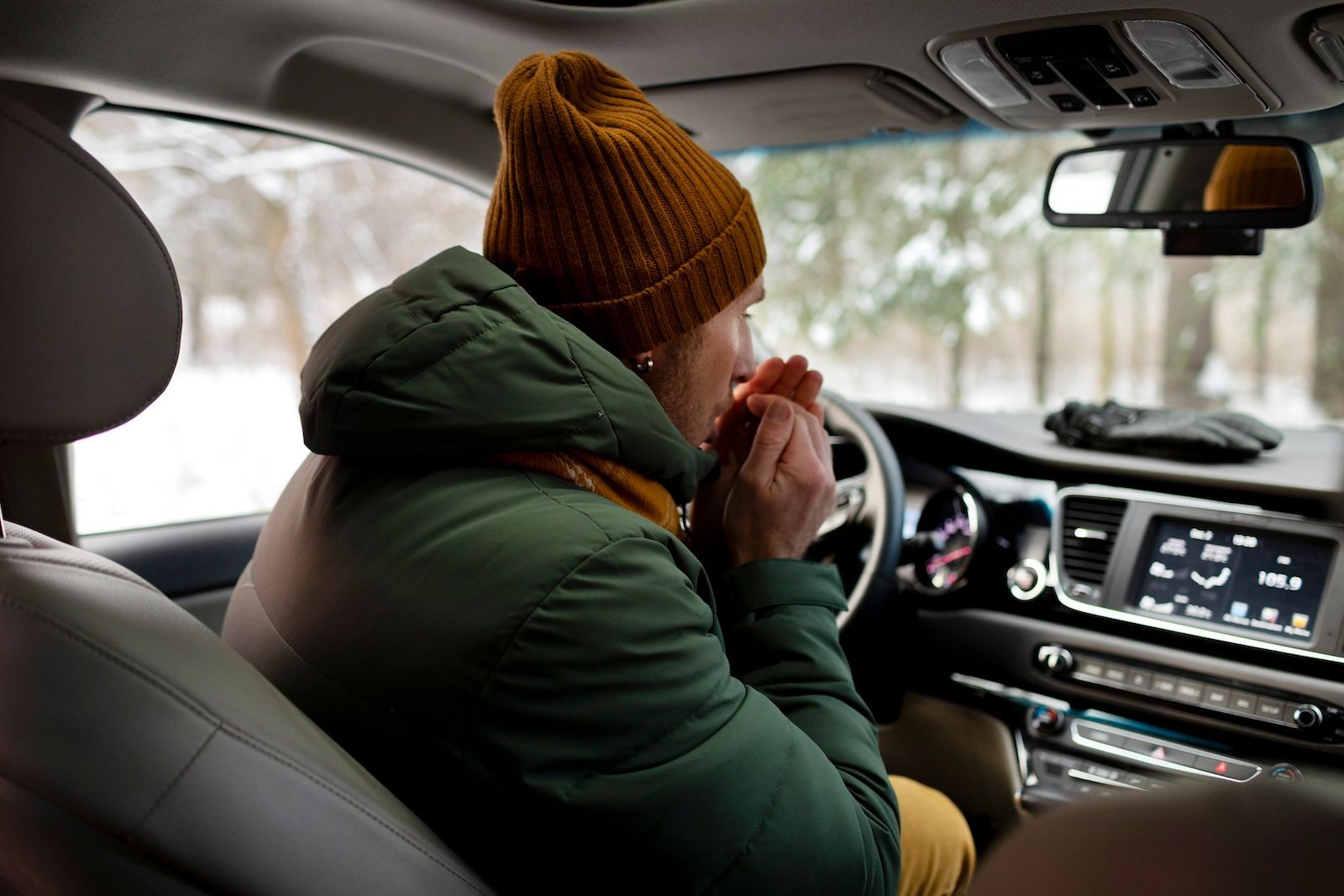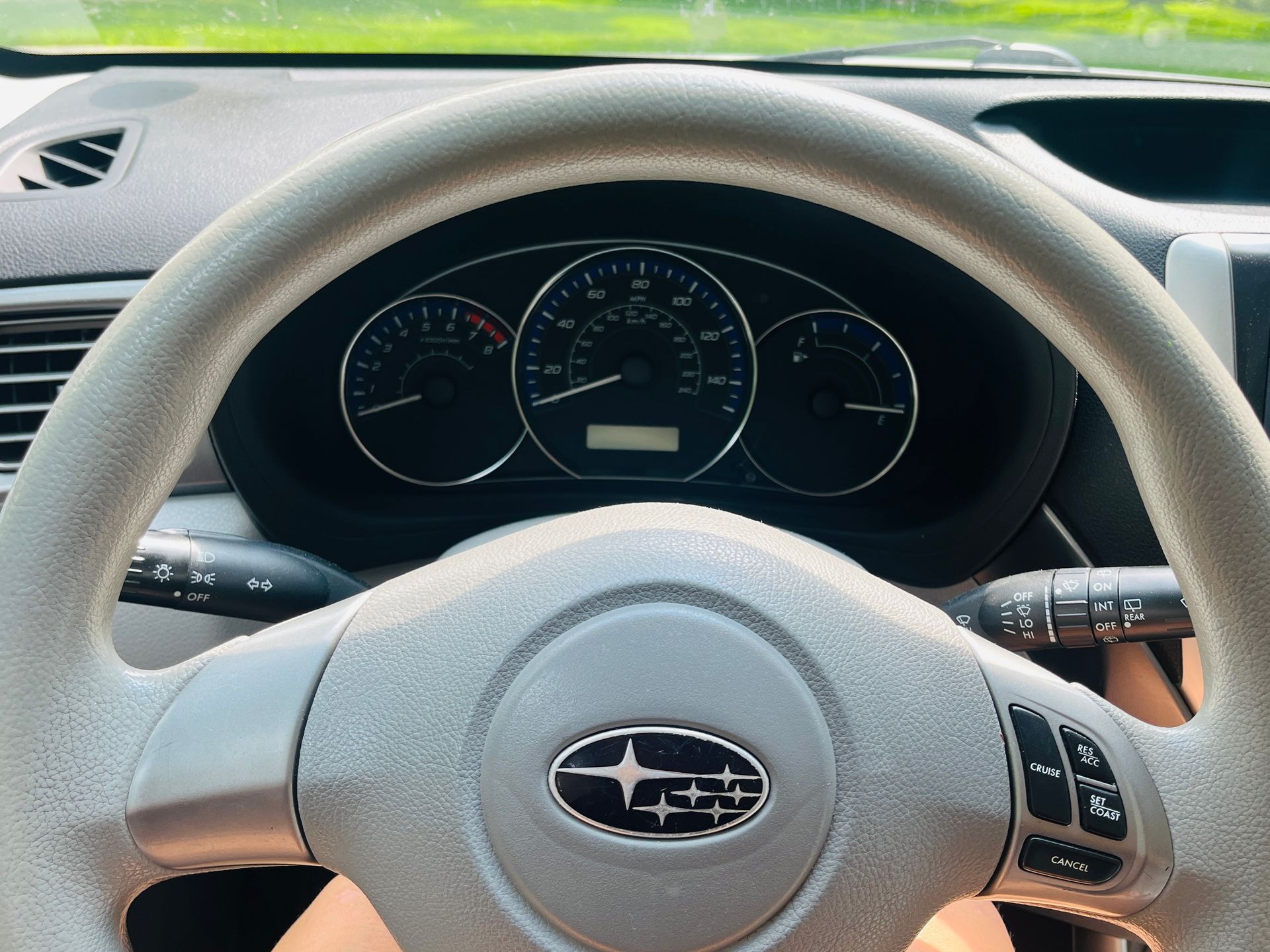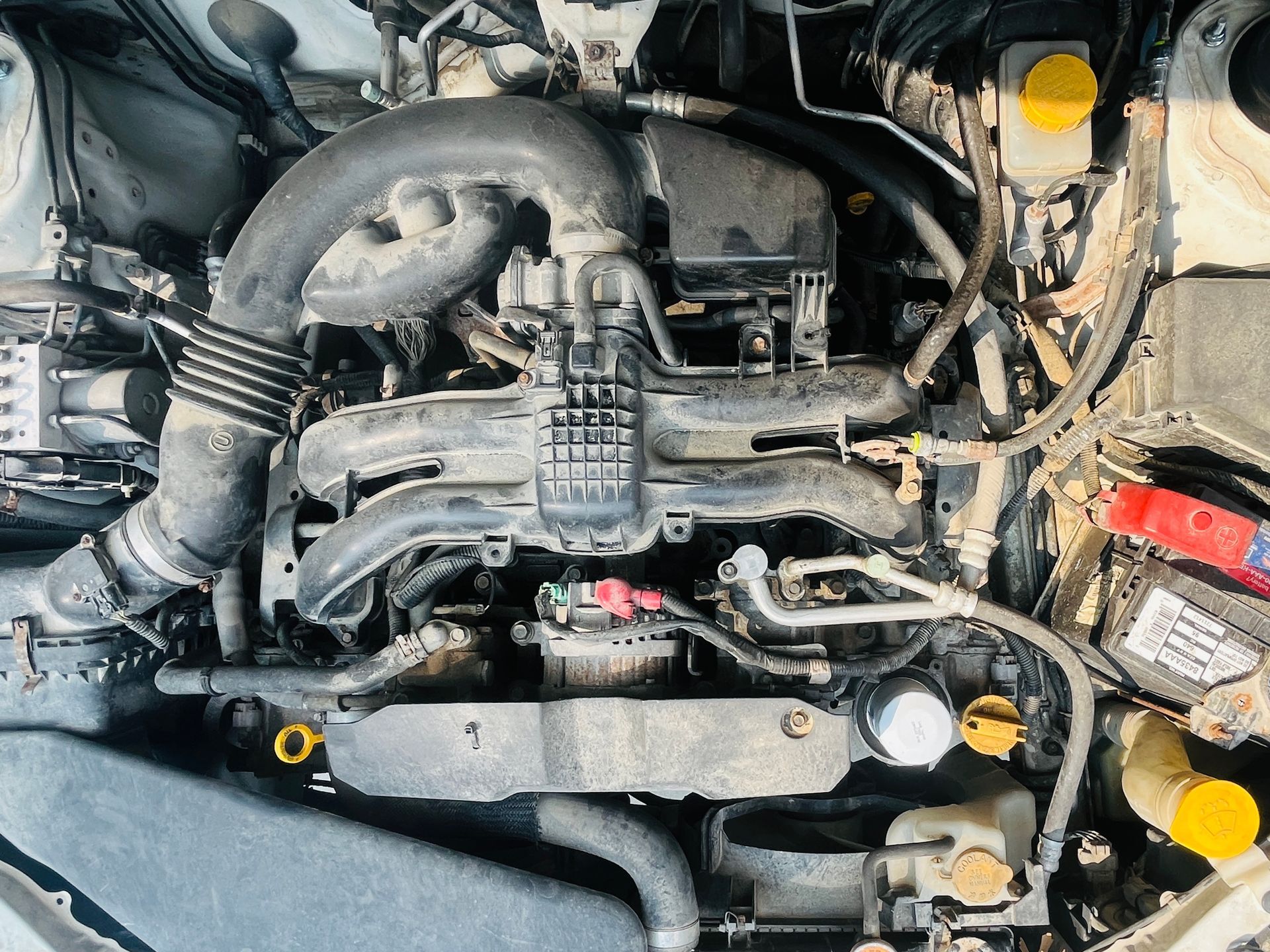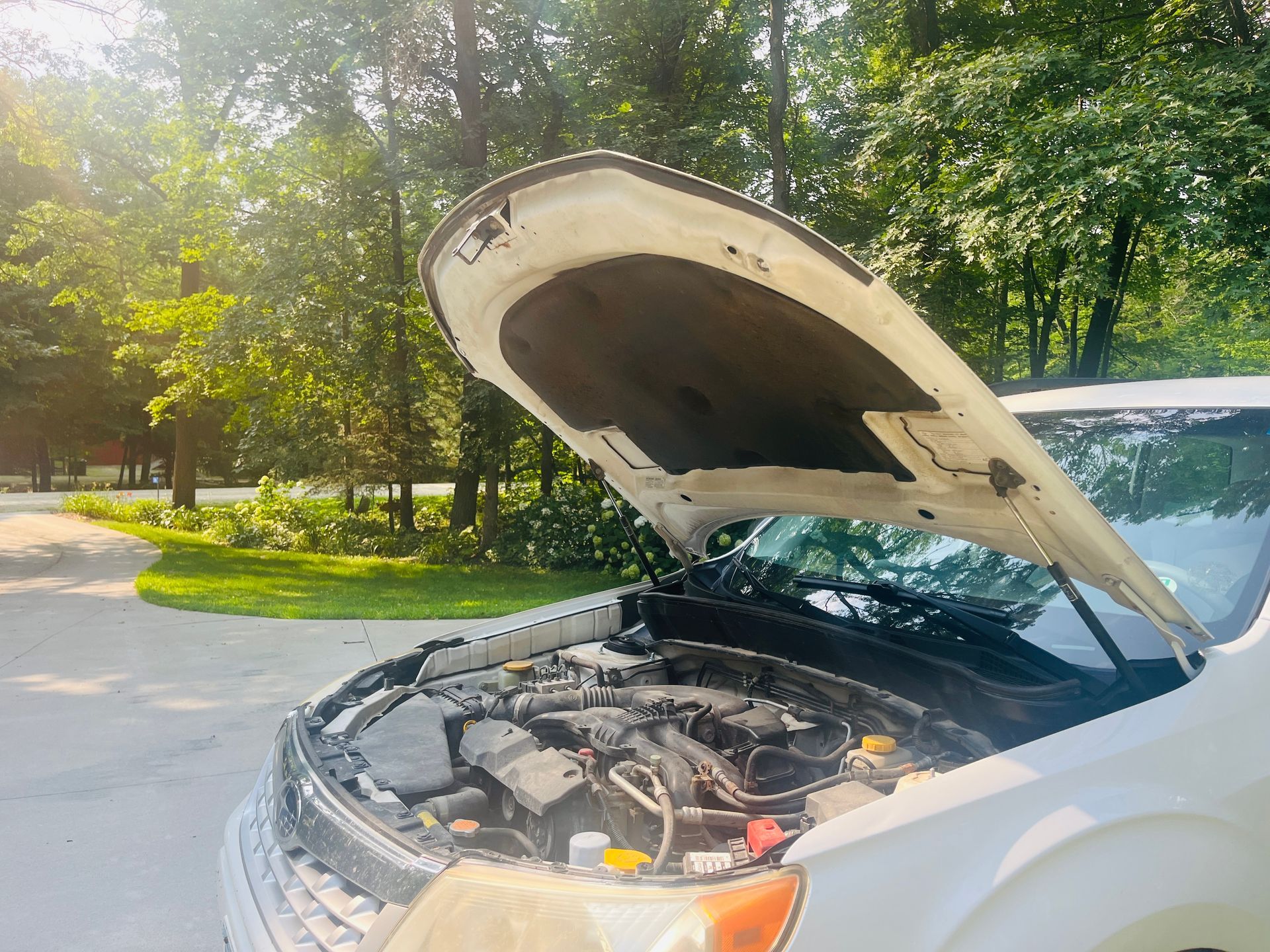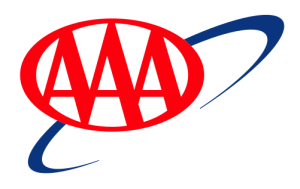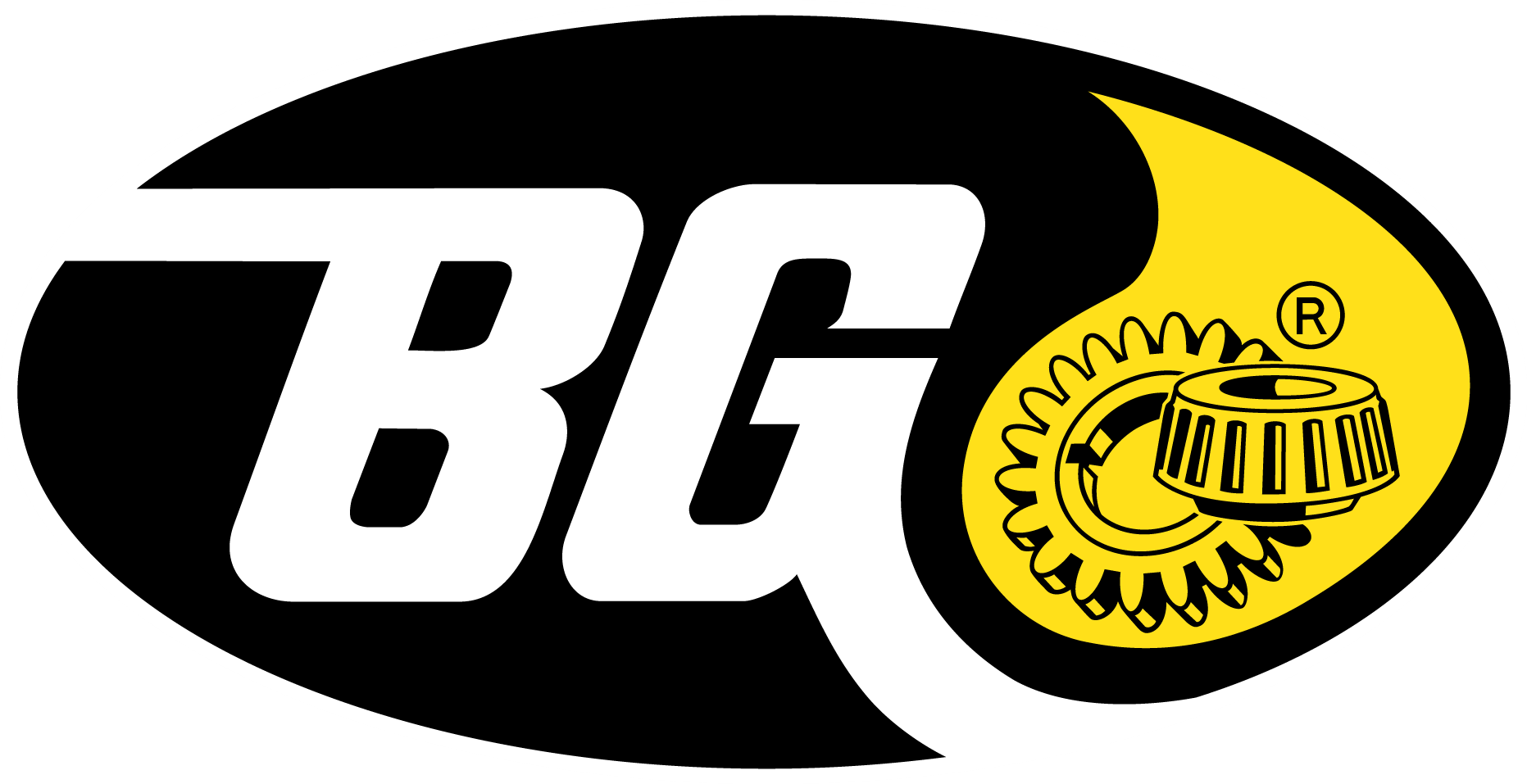How Long Can You Drive with Your Gas Light On?
June 5, 2024
Understanding Your Gas Light & Avoiding Fuel-Related Risks

We've all been there – you're driving down the road, and suddenly, your gas light flickers on, signaling that your fuel tank is running low. It's a familiar scenario for many drivers, but how long can you actually drive with your gas light on before needing to refuel? At Babcock Auto Care in Rochester, MN, we understand the importance of knowing your vehicle's limits to ensure a safe and hassle-free driving experience. In this blog post, we'll explore this common question and provide expert advice to help you navigate the road ahead.
Understanding the Gas Light
Your gas light, also known as the low fuel warning light, is designed to alert you when your fuel level drops below a certain threshold. While the specific amount of fuel remaining can vary depending on your vehicle's make and model, it's generally a signal that it's time to find a gas station soon. Ignoring the gas light can lead to running out of fuel unexpectedly, which can be inconvenient and potentially dangerous, especially in certain driving conditions or locations.
Factors to Consider
Several factors can influence how long you can drive with your gas light on before needing to refuel:
1. Fuel Efficiency
The fuel efficiency of your vehicle plays a significant role in determining how far you can travel on a low tank. Cars with better gas mileage may be able to go farther before needing to refuel compared to those with lower efficiency.
2. Driving Habits
Your driving habits, such as speeding, frequent acceleration, and driving in stop-and-go traffic, can affect fuel consumption. Conserving fuel by practicing smooth driving techniques can help extend the distance you can travel on a low tank.
3. Terrain and Conditions
Driving uphill, in extreme weather conditions, or with heavy cargo can increase fuel consumption, reducing the distance you can travel on a low tank. Consider these factors when determining how far you can safely drive with your gas light on.
Potential Risks of Running on Low Fuel
Driving with low fuel can be likened to driving on an empty stomach, where your car's engine is growling for fuel like your stomach growls for food. Just as you wouldn't want to ignore the hunger pangs signaling your body's need for nourishment, it's important not to overlook your car's need for fuel to keep running smoothly. Running on low fuel can potentially damage your car in several ways:
1. Fuel Pump Damage
The fuel pump in your vehicle is designed to pump fuel from the tank to the engine. When you drive with low fuel, the fuel pump may be exposed to air, which can cause it to overheat and wear out prematurely. Over time, this can lead to fuel pump failure, requiring expensive repairs or replacement.
2. Sediment Build-Up:
Over time, sediment and debris can accumulate at the bottom of your fuel tank. When you run on low fuel, you increase the risk of sucking up this sediment into your fuel system. This can clog fuel filters, injectors, and other components, leading to engine performance issues and potentially costly repairs.
3. Engine Misfires:
Running on low fuel can cause fuel starvation, especially when driving on steep inclines or making sudden accelerations. This can result in engine misfires, hesitation, or stalling, compromising your vehicle's performance and drivability.
4. Catalytic Converter Damage:
A lack of fuel can cause the engine to run lean, meaning there is an insufficient amount of fuel compared to air. This can cause the catalytic converter to overheat and potentially fail, leading to reduced fuel efficiency and increased emissions.
5. Increased Wear on Engine Components:
Driving with low fuel can put additional stress on various engine components, such as the pistons, valves, and spark plugs. This increased workload can accelerate wear and tear, potentially leading to premature failure of these parts and costly repairs.
Expert Advice from Babcock Auto Care:
As your trusted auto repair shop in Rochester, MN, we recommend following these tips when driving with your gas light on:
- Find a Gas Station: When your gas light comes on, make it a priority to find the nearest gas station and refuel as soon as possible. Driving on a low tank increases the risk of running out of fuel unexpectedly.
- Plan Ahead: Keep track of your fuel level and plan your refueling stops accordingly, especially when traveling long distances or in remote areas where gas stations may be scarce.
- Don't Push Your Luck: While some drivers may attempt to push the limits and see how far they can drive with the gas light on, it's not worth the risk. Running out of fuel can leave you stranded and in need of assistance, resulting in inconvenience and potential safety hazards.
Knowing how long you can drive with your gas light on is essential for maintaining a safe and efficient driving experience. By understanding your vehicle's limits, practicing fuel-efficient driving habits, and prioritizing timely refueling, you can avoid the stress and inconvenience of running out of fuel unexpectedly. At Babcock Auto Care, we're here to help you keep your vehicle running smoothly and safely on the road.
Contact us today for all your automotive needs!

